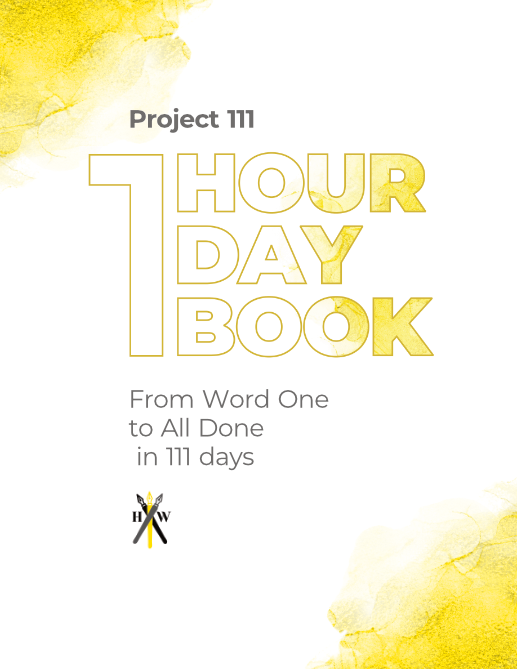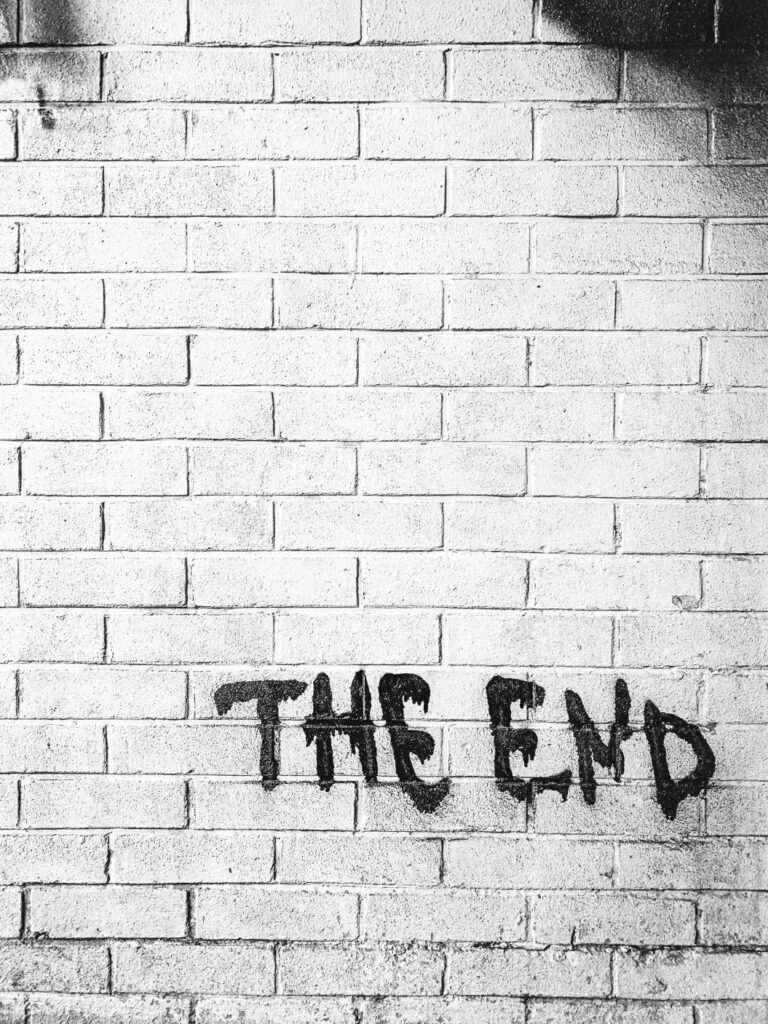Two of the most prevalent complaints after seeing a bad movie or reading a bad book are as follows:
“Man! Nothing happened that whole movie!”
or “Gah! I didn’t care about any of the characters.”
These concerns typically come when a story focuses solely on its characters (the first complaint) or solely on the plot (second complaint).
I’ve definitely said both of these things, and I imagine as someone who’s interested in media, you have too.
But it’s not always complaints that drive the debate between character and plot. Plenty of books have excellent characters without an over the top plot and vice versa.
So what’s the fix then? What’s the right answer in the character driven vs plot driven debate?
The truth about stories is that they rely on both plot and character. Certainly people read a novel for various reasons. Some people want to experience new characters and empathetically follow their highs and lows. Other people like to read plenty of action with descriptive worlds and vast changes in social structures.
Neither of these sides is wrong. In fact, most of the time, they aren’t actual sides. Binaries almost always dissolve under scrutiny and the same is true of character driven vs plot driven stories.
You can’t have a story without plot or characters, and they work in tandem to make engage your readers.
So let’s dive into this topic! We’ll go over what people mean by character driven first. Then we’ll explore how a plot driven story might look. Finally, we’ll help you find out what you tend to prioritize: plot or characters.
Table of Contents
Character Driven Stories

Characters remind us why we have friends, enemies, and lovers. When we read a character’s mind, we feel like we start to know that person and can experience life with them.
In short, we connect with characters because we see our humanity in them or spy some aspect of the human condition we don’t yet understand but want to.
“Character driven stories” typically bank on that desire to understand a character.
They focus their storytelling on conflict between characters and delve into the gritty details of a character’s thoughts.
The main character(s) of this kind of story usually captures the readers attention immediately and remains engaging throughout the entirety of the story.
(If you want to write a character that entertains your readers, check out this Habit Writing article)
These characters typically have aspirational motivations and an irresistible worldview.
An example of a character driven novel is the slightly controversial Catcher in the Rye by J. D. Salinger. This story follows a troubled youth, Holden Caufield, who navigates a world of “phonies”.
I guarantee that not everyone who read this book could relate to him on every level. Most readers probably only see themselves in Holden in the fact that they are/were young at some point.
And yet, The Catcher in the Rye has been read by millions, has found its place in various curricula, and has successfully lodged itself in the collective conscience as both a beloved and hated book.
People don’t read The Catcher in the Rye for what happens. In fact, I don’t think the plot is memorable at all.
People read The Catcher in the Rye because Caufield is a wonder to the average person. We don’t understand him, and following his lines of thinking keeps us on our toes.
That sort of engagement is what a character driven novel hopes to attain.
None of these kinds of stories can exist in a vacuum, however. No protagonist can stand without a plot. A character alone can’t carry the story. People reading a character are interested in what they do in addition to what they think and say.
A character without a plot is just a painting. The plot makes the art move. Character and plot (along with setting and conflict) make a story, and you can’t have one without the other.
Plot Driven Stories

Plot driven stories rely mostly on engaging conflict, spectacular set pieces, and memorable moments.
Rather than sporting intricate character interactions with multifaceted and complex protagonists and antagonists, these stories usually emphasize what happens instead of who participates.
Naturally, these characters still have their own eccentricities, but they’re usually more one note and made for the plot.
Let’s look at a plot driven story from one of our favorite authors: Brandon Sanderson (check out this article on how he constructs magic systems).
We’re not saying by any means that Sanderson can’t write interesting characters. Rather, his characters are often simpler than books where the characters are the main focus.
Let’s look at the first book in the Mistborn trilogy.
The ending of this book is explosive and shakes the entirety of the opening plot and has great ramifications for the rest of the trilogy.
These books (as with most of Sanderson’s repertoire) focus on building up the plot so that the ending feels massive and mind bending.
The characters, while I love them, aren’t as deep or complex as in other stories. They have their strengths, weaknesses, and motivations, but they’re not the driving force for the interest.
Most of the interest comes from watching the magic system unfold, and seeing if the heroes can rectify the broken world. Also, I was waiting for an incredible plot twist ending.
That being said, no plot can exist in a vacuum. As with Mistborn, the plot is carried out by characters. A lot of the enjoyment of the book comes from characters going out and doing things.
So, while Mistborn is plot driven, characters still play an important role in shaping the plot.
You can’t have one without the other; you’ll just want to find the balance that interests you.

Our 84-page book planner and 111 day writing course.
Balancing Character Driven vs Plot Driven

No one likes a story for the exact same reason. The same is true for writing a story. Your reasons, interests, highs, and lows all differ (at least slightly) from any other author.
Thinking about what excites you most about reading and writing can help you set the trajectory for your story. Here are some questions to consider.
Does worldbuilding get your creative juices flowing or does it make you want to rip out your hair?
When you hear the words “character arc”, do you cringe in fear or does your brain start whirring in excitement?
Do the words “plot twist” give you great memories or do you roll your eyes at the banality?
Do you enjoy reading for the emotional connection or the riveting details?
Hopefully questions like these will deepen the way you think about reading and writing. Knowing why you write can really help you discover what and how to write it.
The “It all starts with why” motivation is a little overdone in my opinion, but it definitely holds true with writing. If you write to explore the human mind and how it interacts with others, then you should place your focus on character driven stories. If you write to tinker with the interworking of various systems to masterfully connect disparate plot points into a seamless story, you should consider a plot driven story.
But remember, no matter which type of story you choose, you can’t have plot without characters, and your characters will mean almost nothing without a plot!
Conclusion

Believing that a story is either fully character driven or plot driven is a bit of a fallacy. These two “binaries” break down when you understand the relationship between the two.
However, understanding the different ways one can structure a story is extremely helpful.
You don’t have to choose between a character driven story or a plot driven one, but thinking of writing in this way can help you get started with your novel.
Maybe you thought of some great characters but don’t know the plot. By focusing on writing a character driven story, the plot will follow once you understand the motivations and flaws of the characters.
Likewise, if you find that you’ve pieced together an extremely engaging plot, start with that, then you can fill out the story with characters that will make it shine.
Whether you’re interested in character development or plot twists, finding the proper balance between character and plot will help you with almost every aspect of your writing.
For more writing hacks, check out other Habit Writing articles!
gavinwride
Gavin is a fantasy author, short story enthusiast, and nature lover. When he’s not reading, writing, or exploring the outdoors, he is likely playing games. His board game collection is probably too big for someone living in a small apartment, and he has enough yet-to-be-played video games to fill a lifetime. His favorite book is "The Name of the Wind". His favorite author is Edward Abbey. His favorite game is "Dark Souls III", and he’d be more than happy to spend the day talking about lore, bosses, and game mechanics.
Our 84-page book planner and 111 day writing course.
